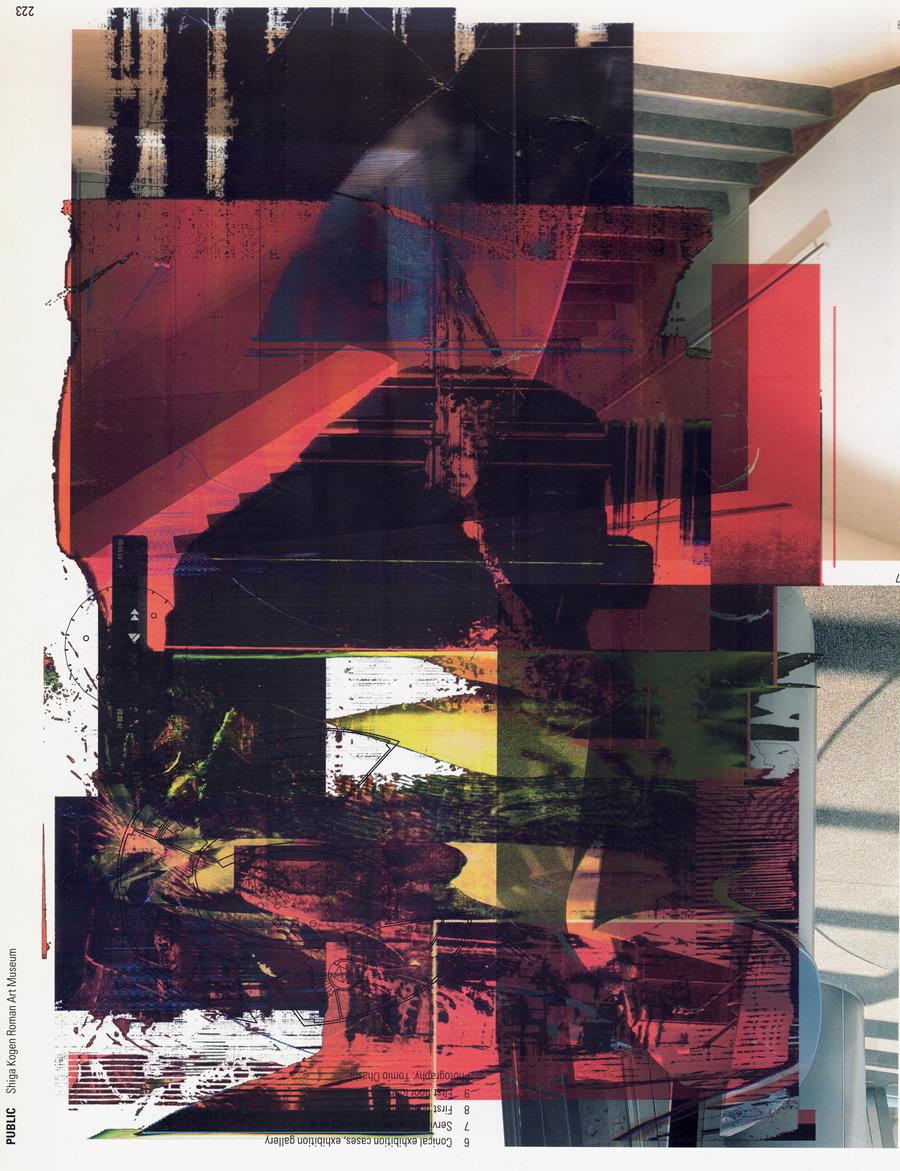
Ink on paper, 11.87 inches x 8.5 in.
Chris Dorland
Chris Dorland is an artist whose work fuses painting, digital fragments, and glitch into a language shaped by collapse and survival. His practice does not smooth over the turbulence of contemporary life but instead reorganizes it, finding unexpected beauty within surveillance, hyper-capitalism, and the ruins of techno-culture. The result is not an image of wholeness but a system of fragments, a kind of visual wreckage that mirrors the fractured reality of our time.
In the Words of the Artist
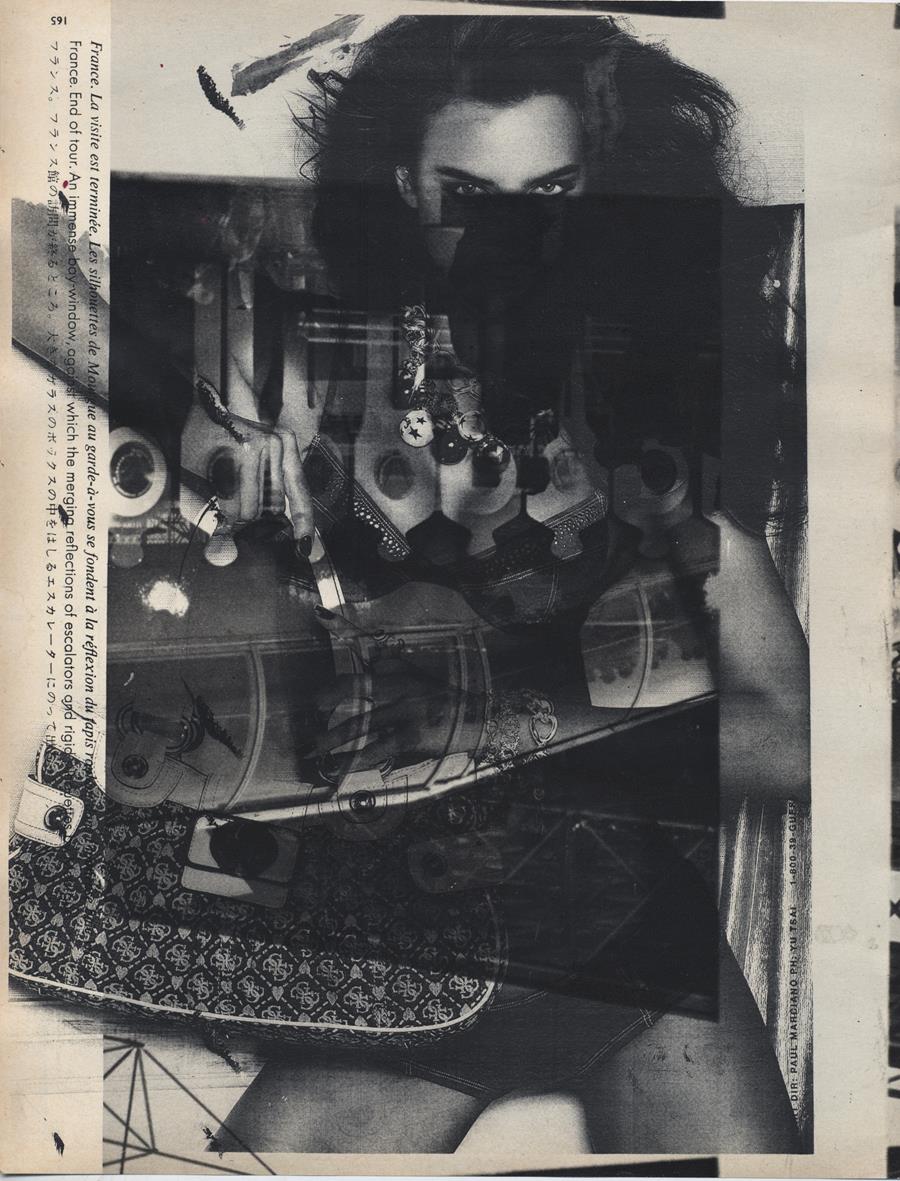
Ink on paper, 11.87 inches x 8.5 in.
I was born at the end of the 1970s in Montreal, a city that felt uniquely alive and broken at the same time. My parents were scholars and my childhood was urban and a bit chaotic. That early environment shaped how I see the world—less as a whole, more as a collision of fragments.
My work is rooted in painting, but it’s truly inseparable from digital media. Video and painting feed into each other in my studio—they feel like two sides of the same system. I think of my practice as hybrid: it lives in the overlap between analog and digital, object and image.
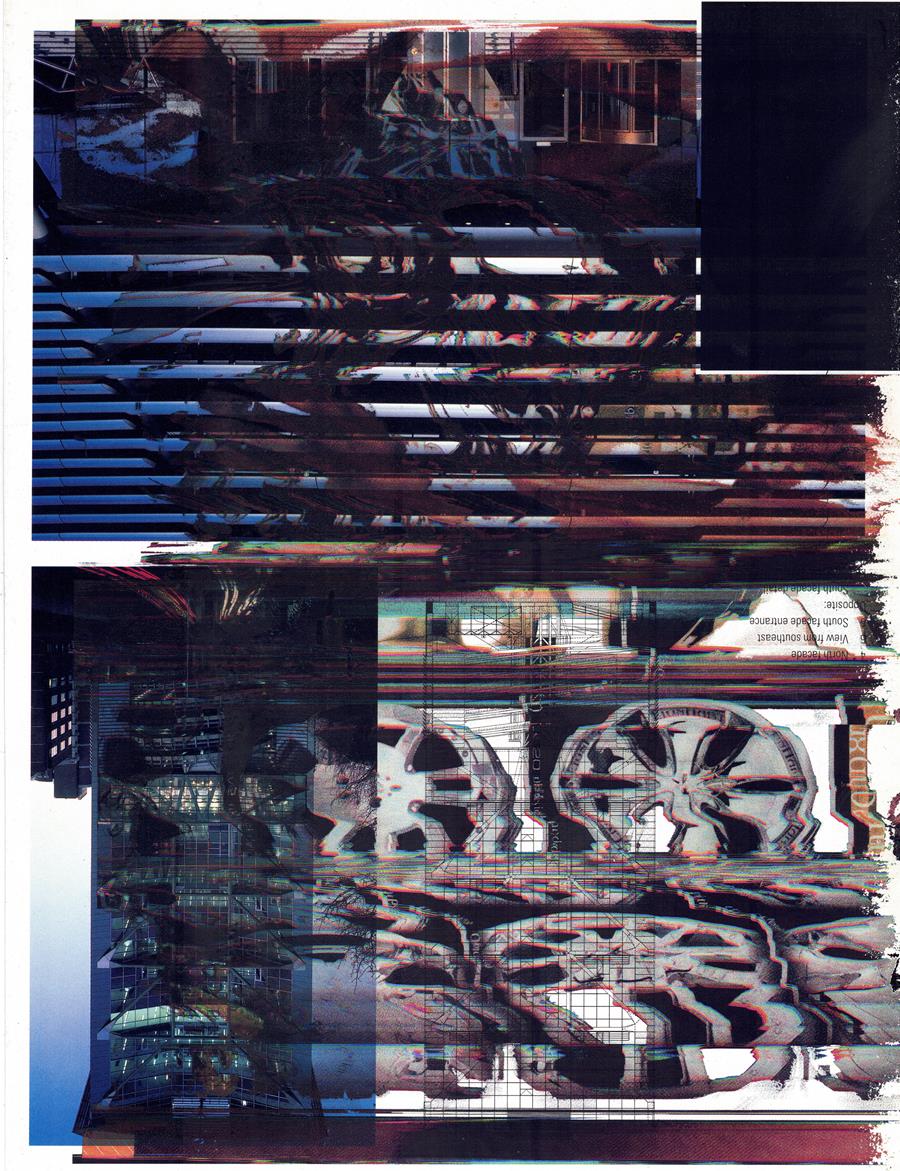
Ink on paper, 11.87 inches x 8.5 in.
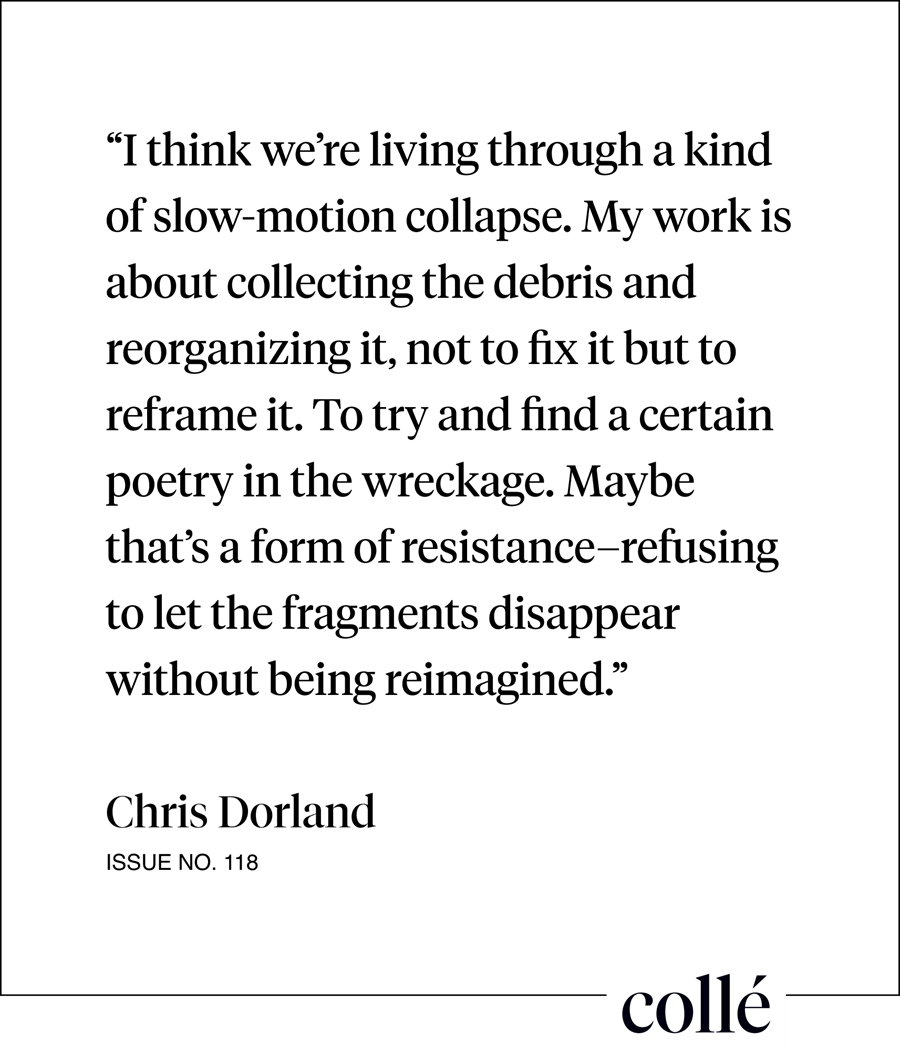
Collage has always been central for me. We don’t live in a seamless world—we live inside fragments, overlaps, and noise. Collage is the logic that best reflects the fractured reality of modernity and its aftermaths.
I think our lives are already layered—we move between physical space and digital space all the time, and often the digital feels more vivid. The world is saturated with fragments, and my impulse has always been to scavenge, to gather that debris and reorganize it into something else.
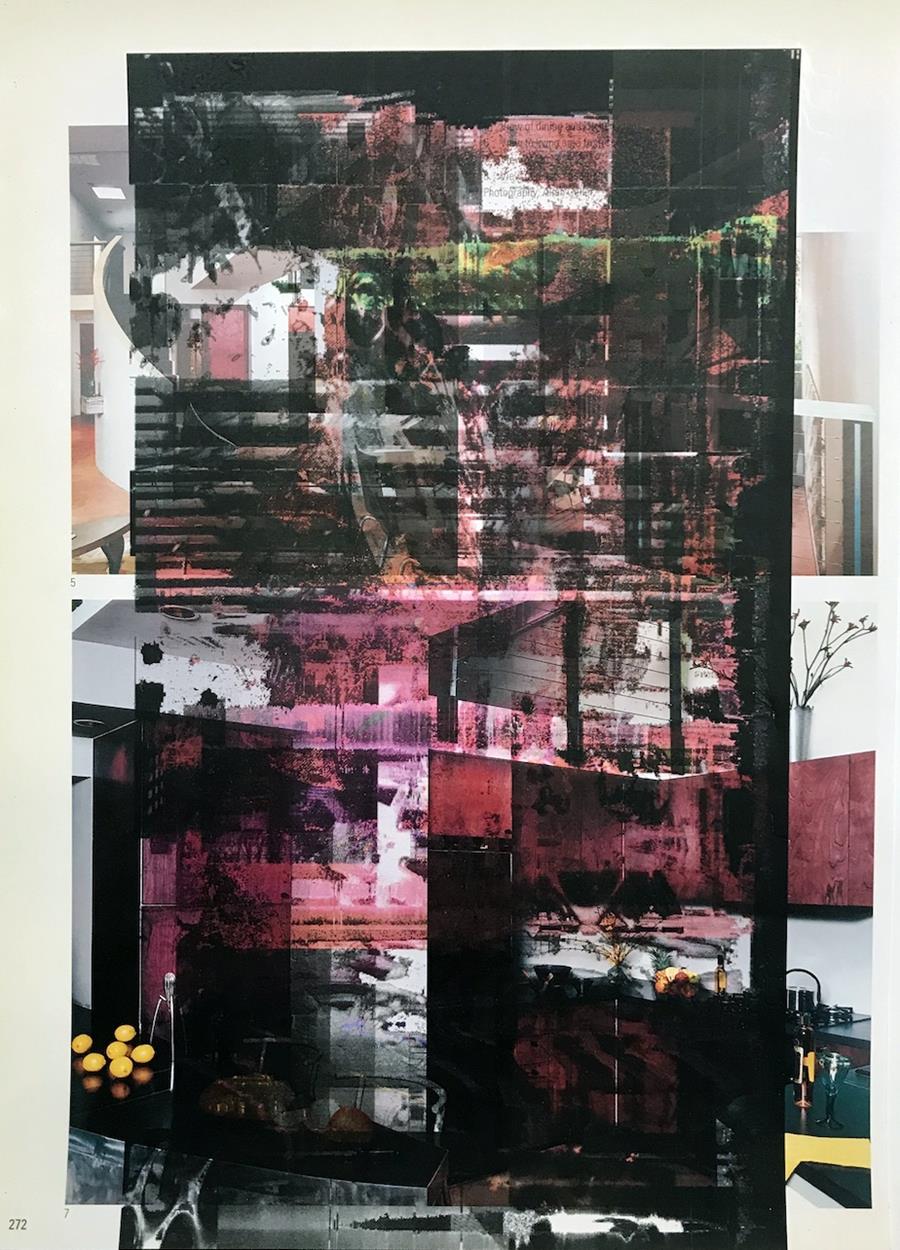
Ink on paper, 11.87 inches x 8.5 in.
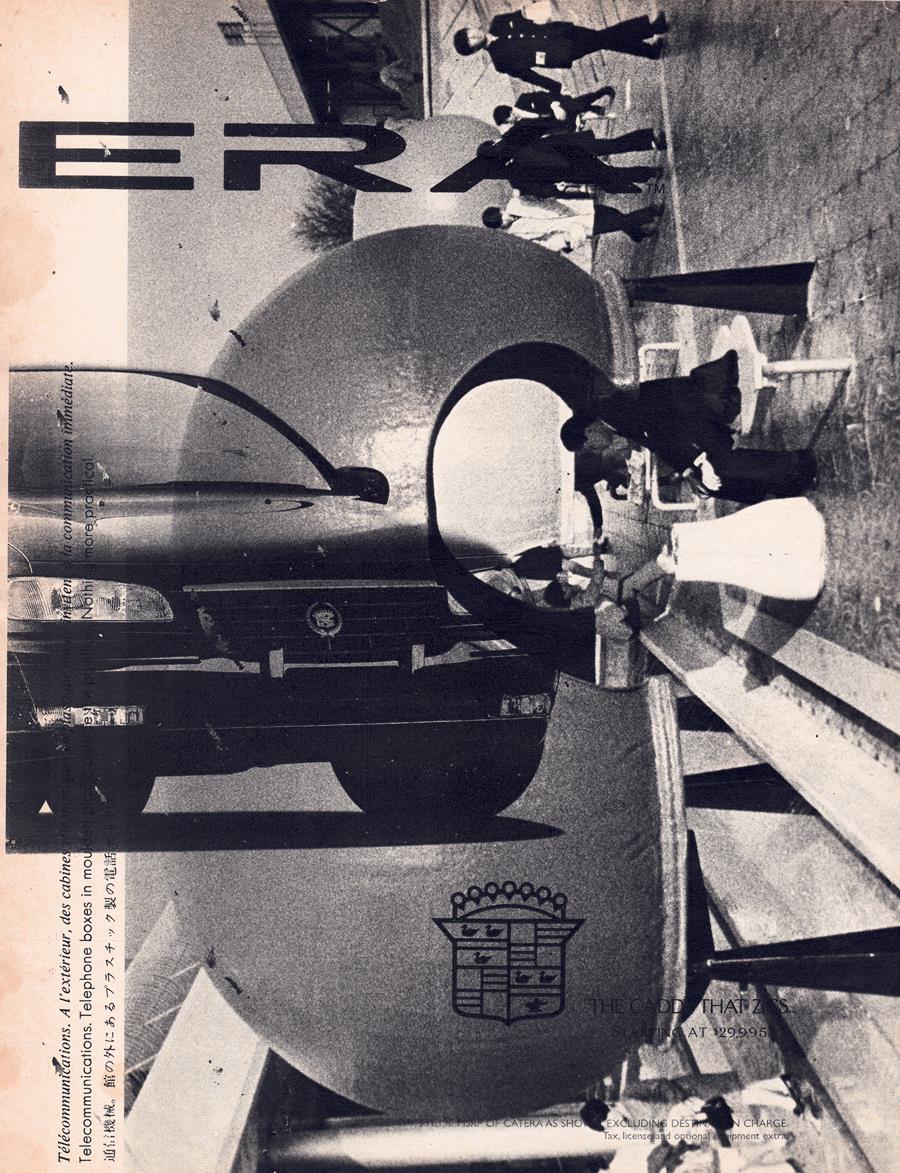
Ink on paper, 11.87 inches x 8.5 in.
Appropriation runs through my work, but less than it used to. Richard Prince pushed that logic to its extreme, and now we live in such an image-saturated culture that appropriation has almost become the default condition. What interests me more is transformation—when an image stops being what it was and becomes something else. That’s where I find energy now: building my own systems and image logics rather than just reusing what’s already there.
I think we’re living through a kind of slow-motion collapse. My work is about collecting the debris and reorganizing it, not to fix it but to reframe it. To try and find a certain poetry in the wreckage. Maybe that’s a form of resistance–refusing to let the fragments disappear without being reimagined.
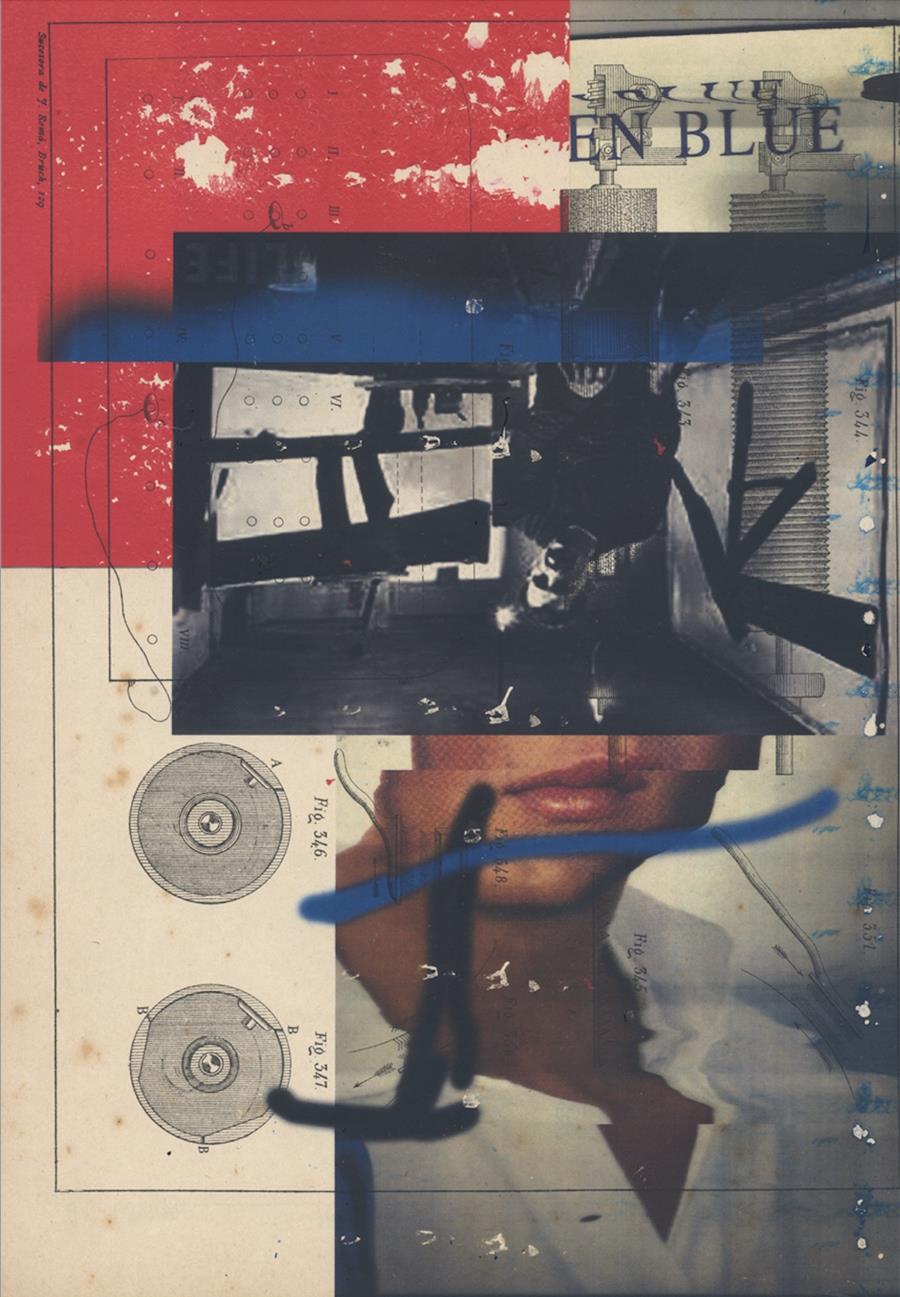
Ink on paper, 11.75 inches x 8.5 in.
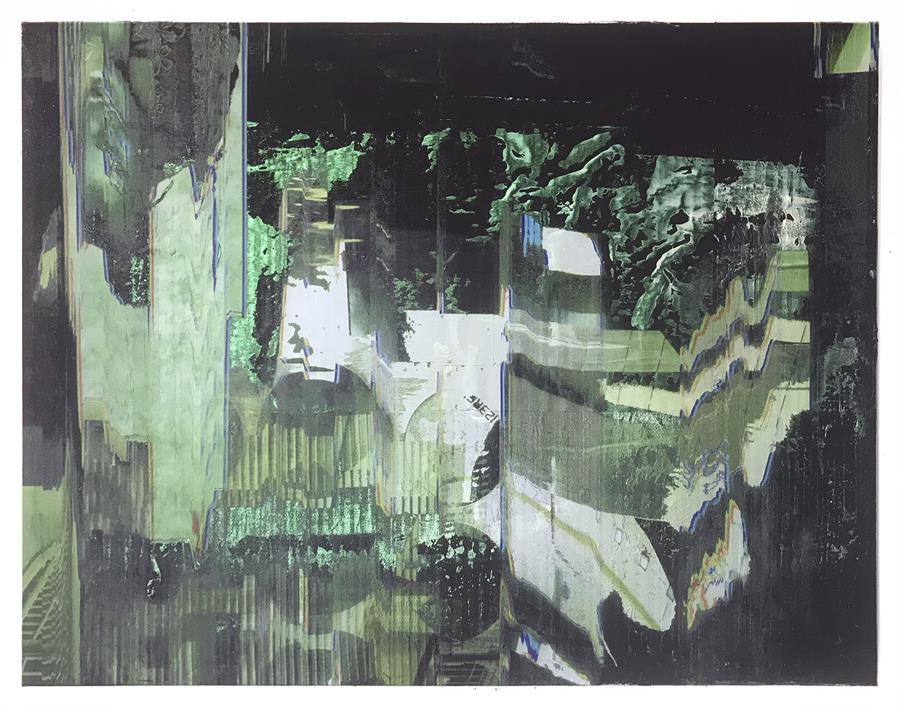
Ink, Acrylic, Polymer on canvas 20 inches x 16 in.

About the Artist
Chris Dorland is a New York-based artist whose work explores the aesthetics of digital decay, surveillance, and techno-capitalism. Merging painting with glitch aesthetics, video, and AI-generated imagery, Dorland creates fractured, hypersaturated worlds that reflect the contemporary condition of relentless mediation and extraction. Dorland's first institutional solo exhibition in Europe, which will open at Museum Gegenstandsfreier Kunst, Otterndorf in June 2026. A monographic publication, Chris Dorland: Future Ruins, by Robert Hobbs, will be published by Hirmer Publishers in Spring 2026.
For Your Viewing Pleasure
What to watch, read, and experience, as curated by the Collé team.
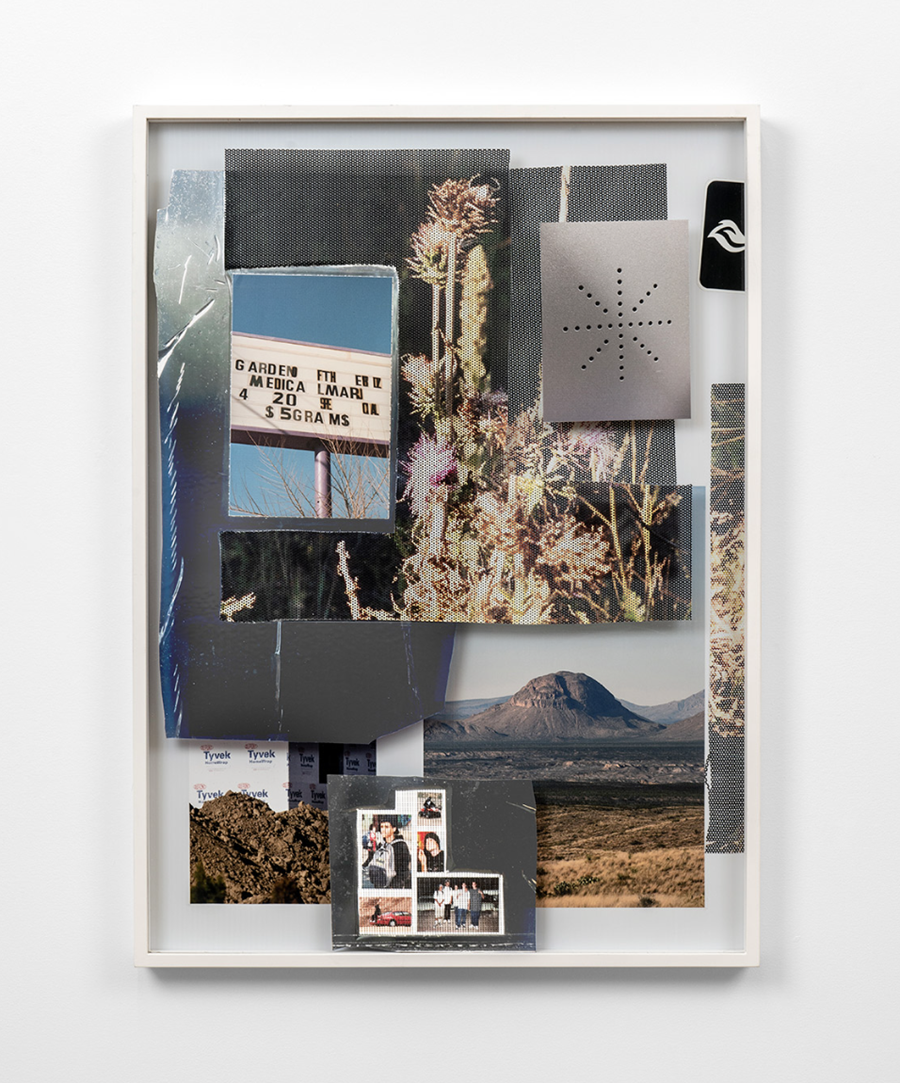
PETER SUTHERLAND (b. 1976) is an artist and photographer known for blending documentary realism with a poetic eye for the everyday. Emerging from Colorado and later based in New York, he first gained recognition with Autograf: New York City’s Graffiti Writers (2004). His work has since expanded across books, exhibitions, and collaborations with major cultural institutions and brands worldwide.
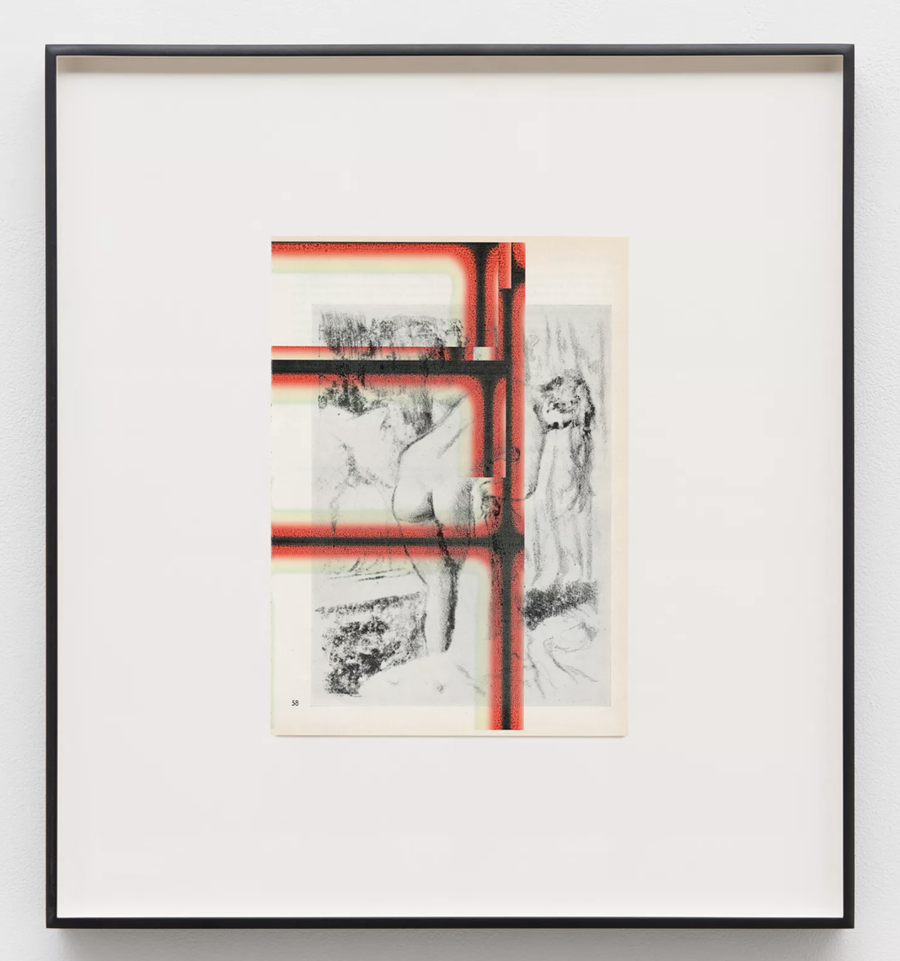
WADE GUYTON (b. 1972, Indiana) is a post-conceptual artist based in New York whose practice rethinks painting in the digital era. He employs everyday technology, scanners, inkjet printers, simple digital files, to produce large scale canvases where machine errors, smudges, mis-registrations and the marks of process itself become central to the work.
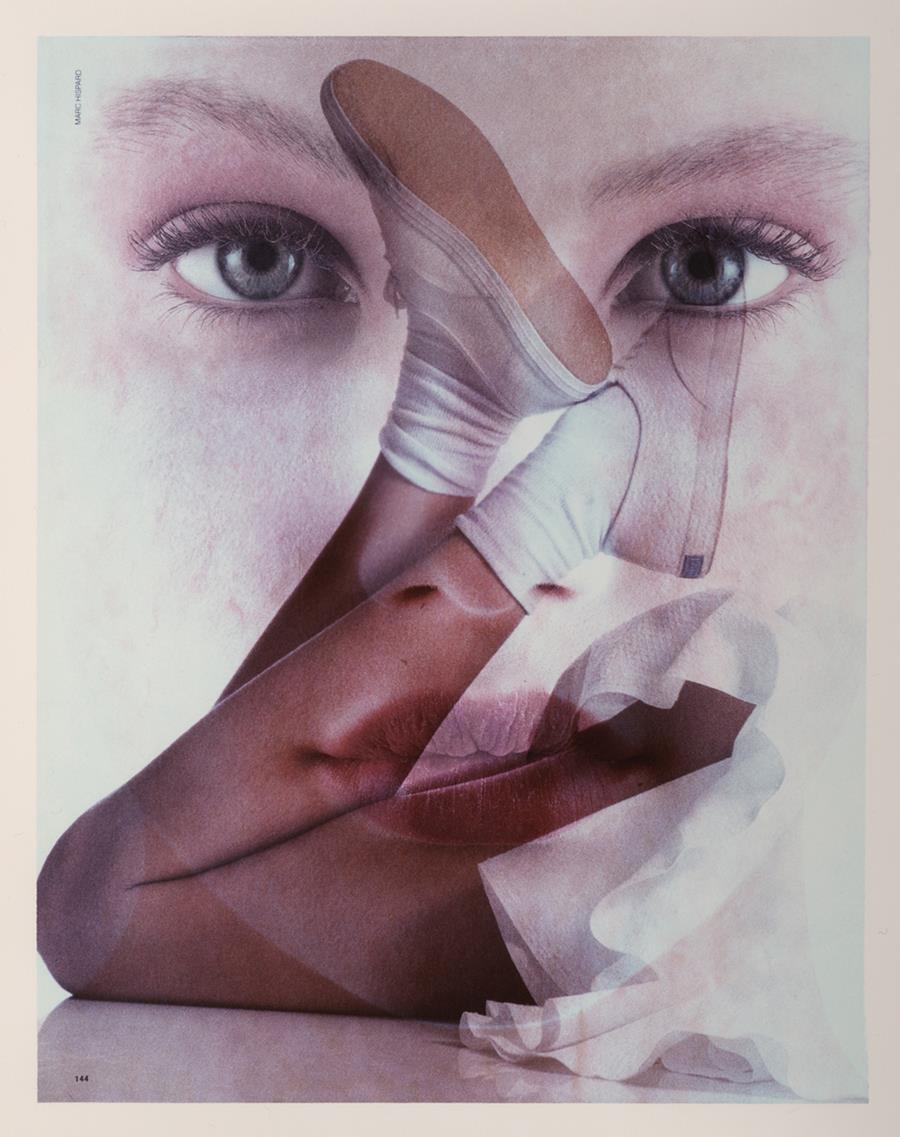
ROBERT HEINECKEN (1931–2006) was an American “para-photographer” who challenged conventions by creating images without a camera. Drawing from magazines, television, and mass media, he used collage and darkroom manipulation to explore how photography shapes perception. He founded UCLA’s photography program and became a key figure in postwar American art.
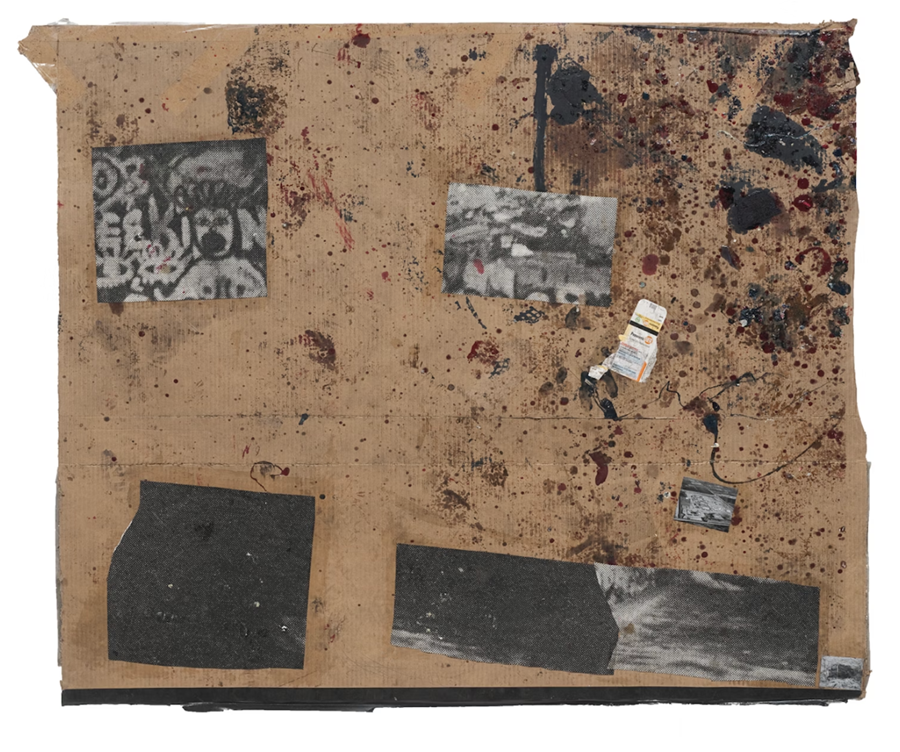
STERLING RUBY (b. 1972) is an artist whose work spans sculpture, painting, ceramics, collage, and textiles. His practice draws on autobiography, urban culture, and craft, often merging rawness with refinement. Based in Los Angeles, he is recognized internationally for exploring the tensions between chaos and order.
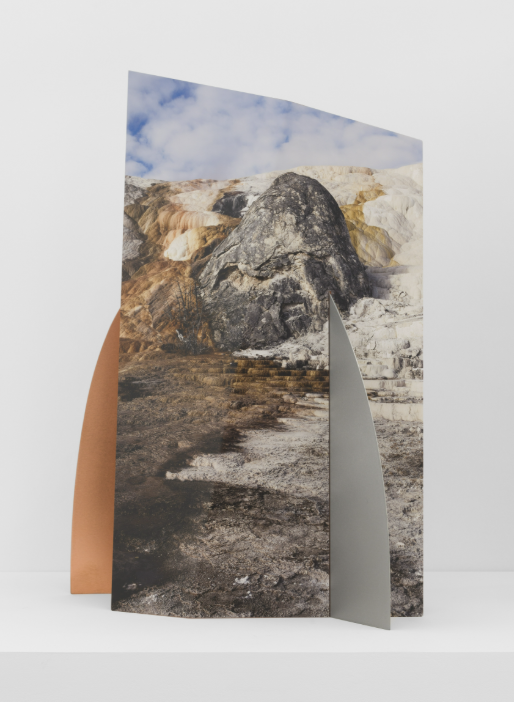
LETHA WILSON (b. 1976) is an American artist whose work fuses photography and sculpture. By embedding landscape images into materials like steel and concrete, she reshapes how we experience both image and object. Raised in Colorado and based in New York, she is recognized for expanding the language of photography into physical space.
Out and About
What to watch, read, and experience, as curated by the Collé team.
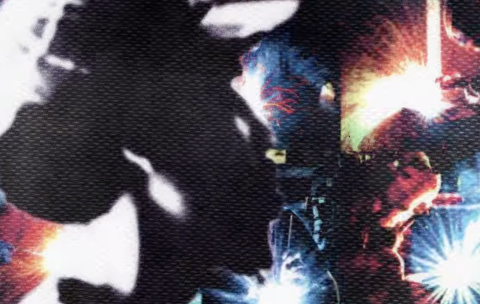
▼ WATCH
Earl Sweatshirt - WELL DONE!
This new release pushes Earl's Live Laugh Love rollout forward with a bold collage styled video. Built from still images, the herky-jerky, semi-animated sequence transforms his verses into a layered patchwork. The effect is raw, lo-fi, and distinctively his own.
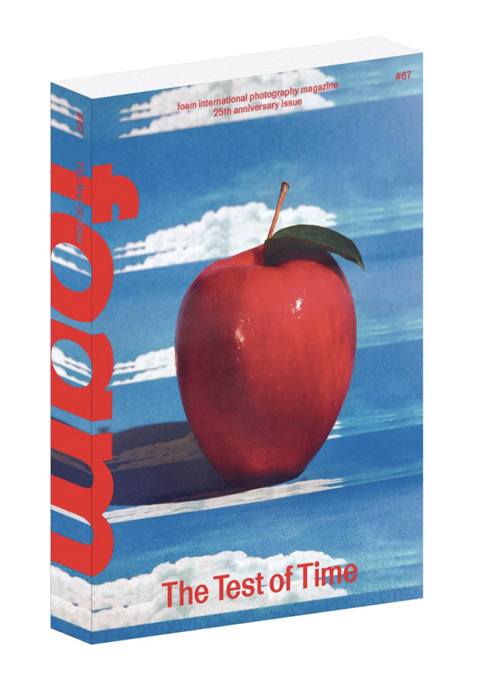
▼ READ
Foam Magazine #67: The Test of Time
In celebration of Foam’s 25th anniversary, this landmark issue of Foam Magazine reflects on the museum’s legacy and the role of the photographic medium in society through the question: what makes an image stand the test of time? Featuring 92 contributors, the issue brings together portfolios, conversations, and personal reflections – from Tyler Mitchell to Marina Abramović, Sakir Khader, Lebohang Kganye, Oluremi C. Onabanjo, and Gem Fletcher, Deborah Willis.
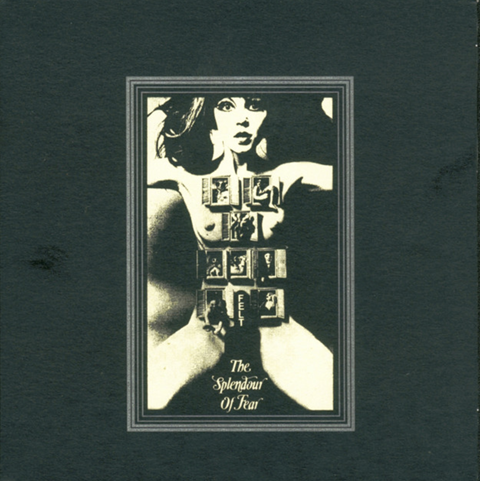
▼ LISTEN
The Splendour of Fear (Remastered Edition) by Felt
A portrait of early 80s English indie at its most fragile, the album finds beauty in the shadows with icy guitars, abstract lyrics, and instrumentals that drift in dreamlike ways. The remaster sharpens the production without lifting the haze, preserving a sound defined by a moody atmosphere and an almost mythic sense of anonymity.
